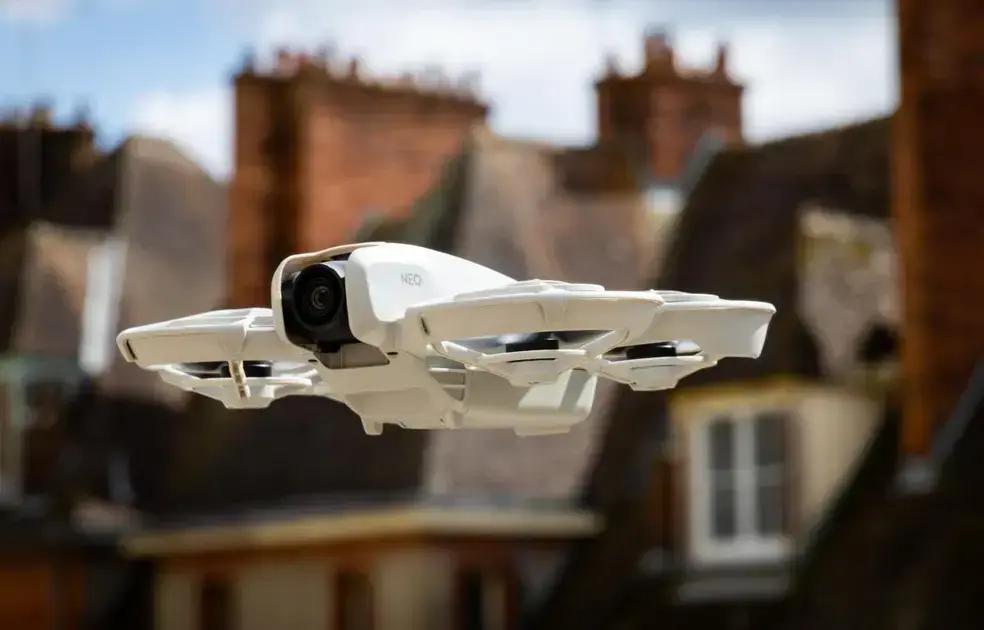The rise of the drone camera has transformed the way we capture images and videos. In recent years, these devices have gained immense popularity among both amateur and professional photographers. With advancements in technology, drone cameras now offer high-resolution imaging capabilities, making them a preferred choice for aerial photography.
One of the key features of modern drone cameras is their ability to shoot in 4K resolution. This allows users to capture stunning visuals from unique perspectives. Additionally, many models come equipped with gimbals that stabilize the camera, ensuring smooth footage even in windy conditions.
Another significant advantage of drone cameras is their ease of use. Most models are designed with user-friendly interfaces, making them accessible to beginners. Many drones also feature automated flight modes, allowing users to focus on capturing the perfect shot without worrying about piloting the device.
As the demand for drone cameras continues to grow, manufacturers are constantly innovating. New models are being released with enhanced features such as obstacle avoidance, longer battery life, and improved image processing capabilities. This trend is expected to continue, making aerial photography even more accessible.
Exploring the Features of Drone Cameras
When considering a drone camera, it’s essential to look at its specifications. Key features include camera resolution, flight time, and range. For instance, some drones can fly for up to 30 minutes on a single charge, providing ample time to capture stunning footage.
Moreover, many drone cameras now come with advanced sensors that enhance image quality. These sensors can adjust settings automatically based on lighting conditions, ensuring optimal results. This technology is particularly beneficial for capturing images in challenging environments.
Another noteworthy feature is the ability to stream live video. This capability allows users to see what the drone sees in real-time, making it easier to frame shots accurately. This feature is especially popular among content creators who want to engage their audience with live aerial views.
Additionally, the integration of GPS technology in drone cameras has improved their functionality. GPS enables features like return-to-home, which ensures the drone returns safely to its launch point if the battery is low or the signal is lost.
The Future of Drone Cameras
The future of drone cameras looks promising, with ongoing advancements in technology. As artificial intelligence becomes more integrated into these devices, we can expect features like automated tracking and enhanced image recognition capabilities.
Furthermore, the potential for drone cameras in various industries is expanding. From real estate to agriculture, these devices are being utilized for tasks such as property inspections and crop monitoring. This versatility is driving innovation and increasing their adoption across different sectors.
As regulations around drone usage continue to evolve, manufacturers are also focusing on compliance. This includes developing drones that meet safety standards and can be operated legally in various regions.
In conclusion, the drone camera market is rapidly evolving, offering exciting opportunities for photographers and videographers alike. With their advanced features and growing accessibility, these devices are set to redefine how we capture and share our world.
Via Tekimobile


